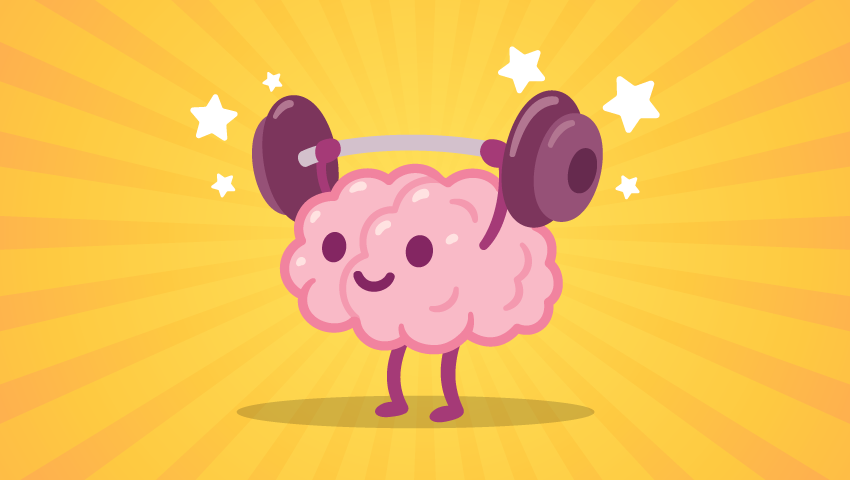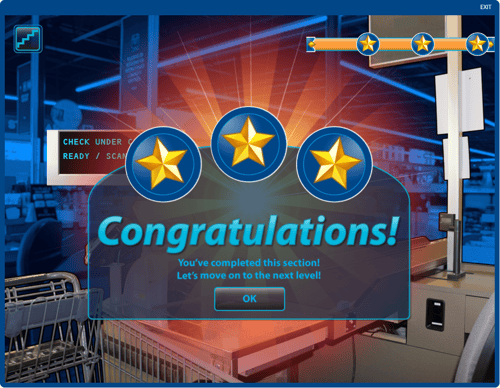Our brains are capable of AMAZING things! They create art, make scientific discoveries, and can even memorize every line and lyric of Hamilton. Other times... they struggle to remember where we put our car keys the night before. As instructional designers, knowing a little bit about how our brains work can help us ensure our training sticks and that the knowledge that we are imparting can be successfully applied by our learners. These tips just scratch at the surface of brain science and psychology but they'll help us take one step further into unlocking the potential of our minds!
Activate Prior Knowledge
When the learner can connect a new concept to something they already know it increases their chances of having a more meaningful training experience.
Make a conscious effort to incorporate tid-bits of content that connects to what the learner is already familiar with. Using an analogy or metaphor to tie to a past job role or experiences can be a great way to bridge the gap of relevance in the learner’s mind. Or incorporate a story that draws connections between a commonly known topic, like budgeting household expenses or going to the supermarket, and the new content being presented to reinforce the “why” it matters for the learner, making it clear what’s in it for them.
Promote Rehearsal and Encoding
Without opportunities in the training for the learner to practice new concepts, they are losing the important stage of encoding what they’ve learned. Encoding is the process your brain goes through to break down new information and apply it to other situations and can help build new knowledge into your long-term memory. For example, referencing a new term like the word “encoding", in different situations you encounter is an example of encoding. (See what I did there?)
Setting up knowledge checks throughout your training can help with the encoding process. Hands on experiences like On the Job Training (OJT) are another great way for learners to practice and make sense of what they’ve learned based on their own interactions.
Retrieval and Application
Once new information has been practiced, encoded, and stored in the brain, the true testament to revealing how impactful the learning was lies in the ability of the learner to retrieve, or remember, the new information they have stored in their brain and then to apply what they’ve learned to real life situations.
Unfortunately, this can be easier said than done. Especially if the subject is complex or if the new procedure is a big change from the old one. The first time a learner goes to retrieve that new knowledge, they might get frustrated or confused; which can lead to a negative experience.
The good news is, we can help our learners with this process! Let's say we're doing a training on how to use a point of sales system. After we've taught the learner about how to key in certain transactions, how to look up PLUs, and how to interact with the customer; we can present them with a simulated experience that directly mirrors how the learner will conduct future transactions. While going through the training, they will have to retrieve the information they learned and apply it to the scenarios that we give them. If they miss a step, you supply the correct action right away and they can try again. This gives the learner a safe place to apply their knowledge for the first time with no risks; rather than during a real customer transaction where they might get flustered or upset.
Check out this example of how we did a similar eLearning!
We hope these tips inspire your training and provide you with some insight into how our incredible minds work. Let us know how your experience goes!
For additional refreshers on best ID practices, check out these additional blogs full of helpful tips and tricks:
It Takes More than Coffee to Keep Your Participants Engaged
4 Ways to Keep Learning Personalized in the Virtual Classroom



